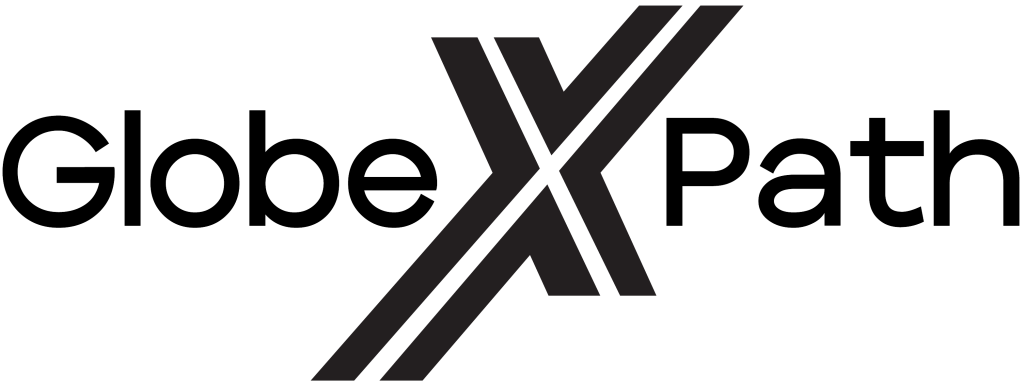Tesla is accelerating into the future of transportation as Elon Musk announces the potential launch of its fully driverless robotaxi service in Austin, Texas, on June 22,2025. This innovative move puts Tesla in direct competition with Waymo and Uber, intensifying the race for autonomous vehicle (AV) dominance.
With this innovative development, Tesla is not just testing the waters—it’s diving headfirst into the future of mobility. But what does this mean for the industry, consumers, and Tesla itself? This article explores the opportunities, challenges, costs, and future plans of Tesla’s robotaxi, along with Musk’s next steps.
The Dawn of Tesla’s Robotaxi: What We Know So Far
Elon Musk has long teased Tesla’s fully autonomous ride-hailing service, and it appears the wait is nearly over. Reports suggest that Tesla’s robotaxi fleet will debut in Austin, a city already familiar with Tesla’s innovations, given its Gigafactory presence.
Musk has described the robotaxi as a “game-changer” for urban transportation, claiming it will drastically reduce costs while improving efficiency.
“The Tesla robotaxi will be the most significant revolution in personal transport since the invention of the car.” – Elon Musk
Unlike Waymo, which operates in select cities with safety drivers, Tesla aims for full autonomy—no human intervention required.
Opportunities for Tesla’s Robotaxi
1. Disrupting the Ride-Hailing Market
Tesla’s entry into autonomous ride-hailing could shake up the industry dominated by Uber and Lyft. With no need for human drivers, Tesla can offer cheaper fares, making it an attractive alternative.
2. Maximizing Fleet Utilization
Owners of Tesla vehicles with Full Self-Driving (FSD) capabilities may soon rent out their cars as robotaxis when not in use, creating a new revenue stream.
3. Reducing Traffic and Emissions
Autonomous, electric-powered fleets could decrease urban congestion and lower carbon emissions—aligning with global sustainability goals.
4. Data and AI Advancements
Every robotaxi ride will feed valuable real-world driving data back to Tesla, refining its AI algorithms and improving safety and efficiency.
Challenges Tesla’s Robotaxi Must Overcome
1. Regulatory Hurdles
Despite technological advancements, government approvals remain a major obstacle. Federal and state regulators must ensure safety standards before widespread deployment.
2. Public Trust in Autonomy
High-profile Tesla Autopilot accidents have raised concerns. Convincing passengers to trust fully driverless cars will be critical.
3. Competition from Waymo and Cruise
Waymo already operates in Phoenix and San Francisco, while GM’s Cruise is expanding. Tesla must prove its FSD technology is superior.
4. Cybersecurity Risks
A fleet of connected autonomous vehicles could be vulnerable to hacking, requiring advanced security protocols.
Future Plans: What’s Next After the Austin Launch?
Elon Musk has hinted at rapid expansion post-launch. Key plans include:
Scaling the Fleet: Tesla may deploy thousands of robotaxis across major U.S. cities by 2025.
Global Rollout: After U.S. success, Tesla could expand to Europe and Asia, pending regulations.
Tesla Network Integration: A ride-hailing app may allow Tesla owners to monetize their vehicles autonomously.
Musk also teased “Tesla Vision”, an upgraded AI-driven navigation system, which could further enhance robotaxi efficiency.
Cost of Tesla’s Robotaxi: Will It Be Affordable?
Tesla’s biggest selling point is cost efficiency. Estimates suggest:
Fare Prices: Could be 30-50% cheaper than Uber/Lyft due to no driver costs.
Vehicle Cost: A Tesla Model 3 modified for autonomy may cost $30,000-$40,000 per unit.
Subscription Model: Tesla might offer monthly robotaxi subscriptions for frequent users.
“The cost per mile for a Tesla robotaxi will be lower than any other form of transport—even a bus ticket.” – Elon Musk
Operators and Infrastructure: Who Will Manage the Fleet?
Tesla is expected to operate its robotaxis via:
Tesla-Owned Fleets: Directly managed by Tesla in key cities.
Private Tesla Owners: Individuals can lease their FSD-enabled cars to the Tesla Network.
Partnerships with Cities: Collaborations for smart city integration (e.g., dedicated AV lanes).
Elon Musk’s Next Moves: Beyond Robotaxis
After the robotaxi launch, Musk’s ambitions don’t stop:
Optimus Robot Integration: Tesla’s humanoid robot could assist in vehicle maintenance.
Hyperloop & Boring Company Synergy: Autonomous taxis may integrate with underground tunnels.
AI & Supercomputing: Tesla’s Dojo supercomputer will process vast autonomous driving data.
Conclusion: Is Tesla’s Robotaxi the Future?
Tesla’s fully driverless robotaxi represents a quantum leap in transportation. While regulatory, safety, and competitive challenges remain, the potential benefits—lower costs, reduced emissions, and smarter cities—are immense.
If successful, Tesla could dominate the AV industry, reshaping how we commute forever. The June 22 Austin launch will be a critical test—one that could define the future of mobility.
References
Reuters Report on Tesla Robotaxi

